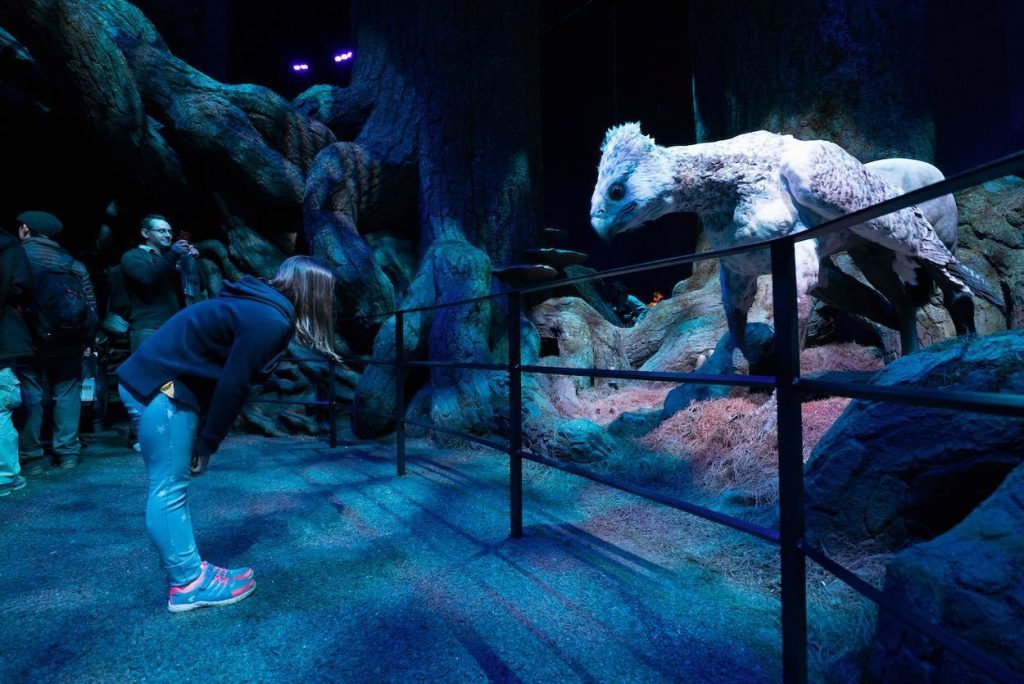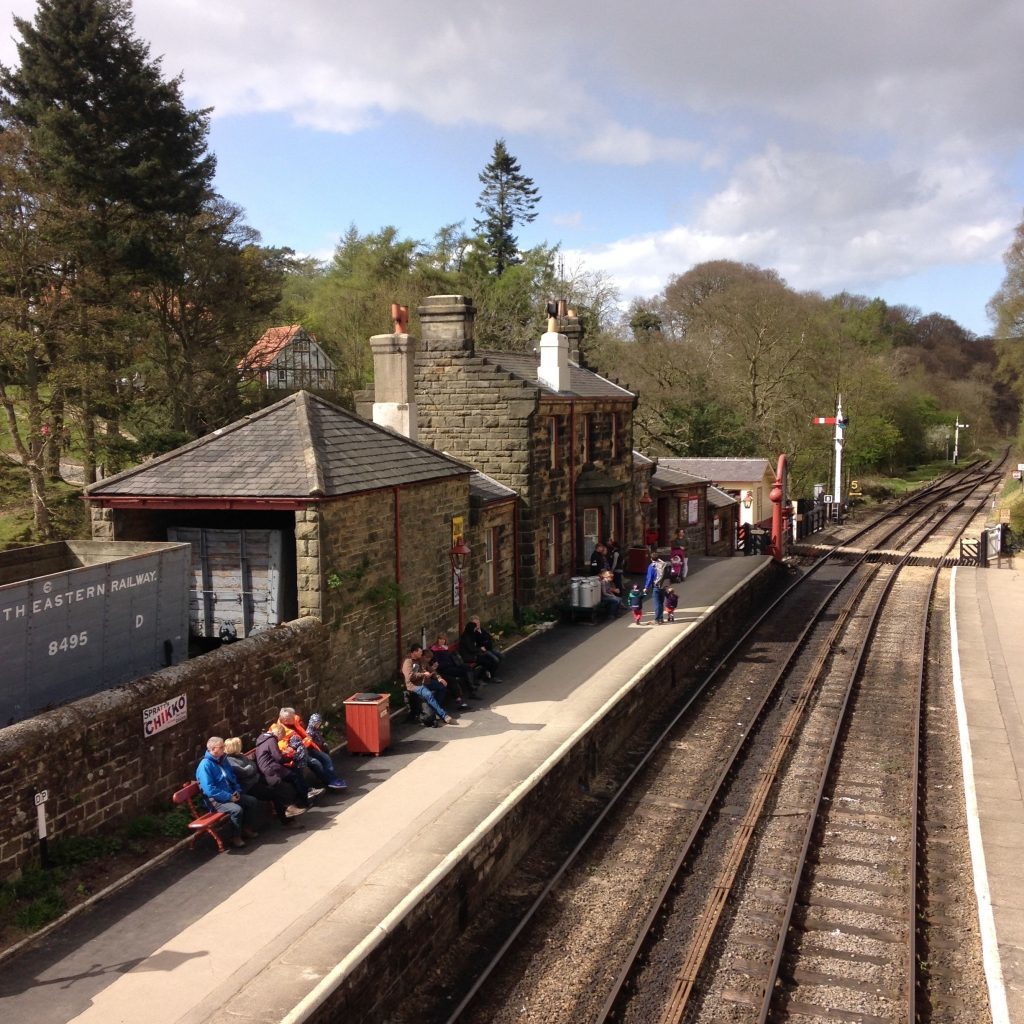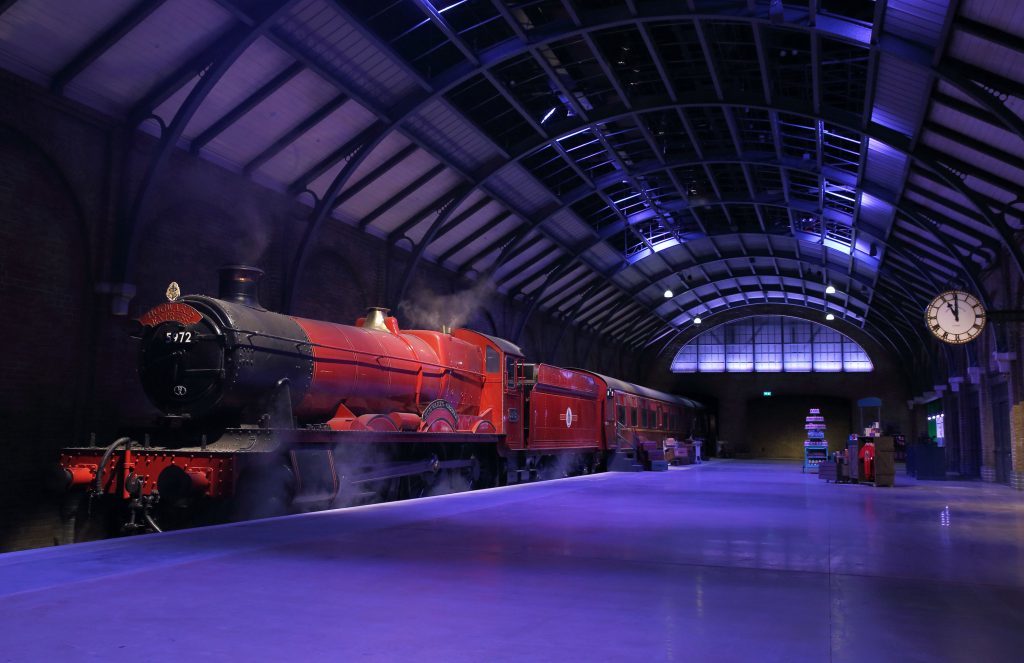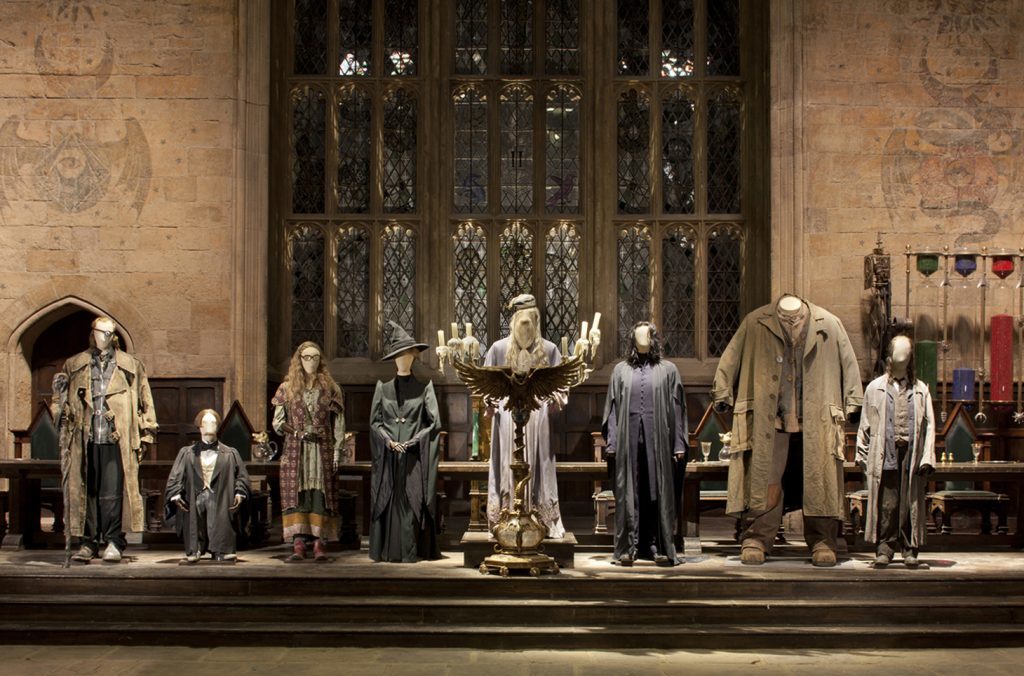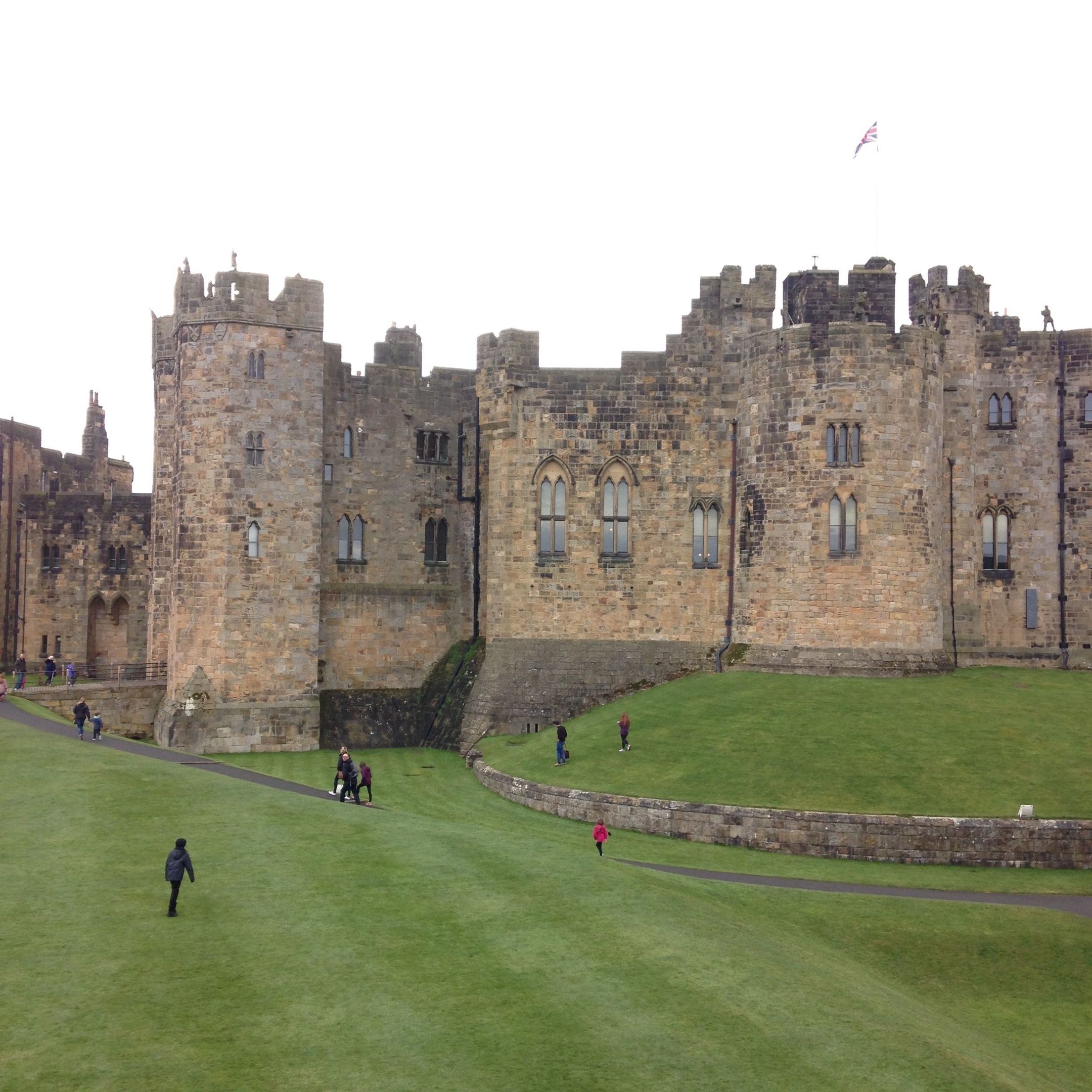
I’M being bowed to by an animatronic hippogriff. And not just any old hippogriff, but Buckbeak – Hagrid’s Buckbeak.
He twitches and tilts his head at me, before stretching his neck magisterially towards the floor, thousands of individually hand-glued feathers covering his mechanised body like rainbow streaks in an oily puddle.
Standing in the otherworldly twilight of the Warner Bros. Studio Tour’s Making of Harry Potter Forbidden Forest, it’s impossible not to be mesmerised by the horse-sized robot.
But my eight-year-old self? She would have lost her mind.
From 1997 onwards, I did all of my growing up with Harry, Ron and Hermione. Now, 20 years on from the publication of J.K. Rowling’s first magical tale, I’m on a Potter pilgrimage to discover the locations that appeared in the subsequent film adaptations.
Leavesden Studios in Hertfordshire is the Hollywood rendering of Rowling’s dazzling imagination, a storehouse of trinkets, wigs, sets and artefacts from all eight films.
Three hulking, malevolent wizard chessmen stand guard in the car park.
Inside is as crammed and higgledy-piggledy as the Weasley’s Burrow, which, in this remapping of the wizarding world, is found next to the potions room, where drifts of cloudy bell jars swim with dubious, tangled substances.
However enchanting and impressive it is to see behind the scenes, it does slightly dampen the magic to be reminded of the line between fiction and reality.
Look up from Professor Snape’s robes, which hang motionless beside Professor Dumbledore’s in the overwhelming expanse of the Great Hall, and an exposed ribcage of a ceiling, spiked through with scaffolding, gapes wide where Rowling’s enchanted sky ought to be.
A series of beautiful architectural blueprints and model sets – including an intricate matchstick dummy of the owlery, where itty-bitty illustrated owls sit, ready and waiting to deliver wizarding mail – reveal the films’ skeletal frames, while the hundreds of peeling wand boxes that buttress the windows of Ollivanders store, we’re told, were each painstakingly hand-labelled by set dressers (not wand-makers).
At Alnwick Castle, an hour’s drive north of Newcastle – its bulky Norman walls the scuffed gold-black of an old pound coin – the line between living the magic and just looking, is brilliantly disguised.
Instead of obeying ‘Keep off the grass’ signs, budding Quidditch players (ahem, me included) run amok on the lawns (broomstick training sessions are free, but it’s wise to book in advance), mimicking Harry’s fateful first flying lesson with Madam Hooch, which was filmed in the castle’s outer bailey.
The blocky inner bailey is also where, in The Chamber Of Secrets, Harry and Ron crash Mr Weasley’s flight-enabled Ford Anglia.
There’s no stately stuffiness at Alnwick, partly because it’s still a home, not a monument.
Owner Ralph Percy, 12th Duke of Northumberland, lives here with his family, and the evidence is everywhere.
Furry bean bags for the dogs fan out in front of a huge flatscreen TV in the ornate, gilded library, while in the drawing room, cast your eyes up and away from two wildly valuable 17th Century Cucci Cabinets that once stood in the Palace of Versailles (“France wants them back,” our guide says archly), and there’s a set of floodlights for playing ping-pong …
Following a breakfast of eggs and bacon that Hogwarts’ house-elves would be proud of at the Hog’s Head Inn, Alnwick, the fourth wall slips even further in Durham City.
We turn the corner on cobbled Owengate, and the thickset Norman Cathedral surges into view.
When developing how the Hollywood Hogwarts would look, the designers simply copied and pasted Durham Cathedral’s main tower, but it’s the 15th Century cloisters that make you feel as though you’re really walking the wizarding school’s corridors.
On a blustery English morning, the snowy quadrant where Harry releases his owl Hedwig becomes a lush square, ablaze with sunlight, enclosed by flagstones and the ghosts of the Benedictine monks that lived here before Henry VIII dissolved the monasteries.
I swoosh up and down, my imaginary robes whirling as I turn each corner of the square – all that’s missing is the scratch of a striped Gryffindor scarf around my neck.
On the North Yorkshire Moors Railway, dreams of attending Hogwarts are closer still.
Goathland Station, a 20-minute drive from Whitby, doubled as Hogsmeade – the wizarding village where the Hogwarts Express pulls in. And although there is no burly Hagrid to greet us, snagging a turquoise ticket the size and shape of a dominoes tile requires its own kind of sorcery.
There’s a knack to hunching down and peering through a strange, perspective-distorting window that makes the ticket officer on the other side appear as though he’s several miles away. You get the sensation you’re in a tunnel, or travelling by floo powder.
It seems apt to end our trip by rail. After all, the author had the initial idea for Potter in 1990 while on a train to King’s Cross.
Aboard the LNER B1 No. 61264 locomotive, I manage all of three minutes in my seat before leaping up to hang out of the window like an extra in The Railway Children.
Without Bertie Bott’s Every Flavour Beans to distract me, I stay there for the whole 50-minute journey to Pickering, trying to catch a glimpse of the train’s front portion as it turns up ahead, steam unspooling.
I screech as sharply as the loco grinding to a halt when I spot a tawny owl.
Flesh and blood, unlike the miniature Studio Tour ones, it’s as still as Snape’s robes, perched in a pine tree overlooking the railway line, with not a honeyed feather ruffled as we chug slowly past.
My 28 and eight-year-old selves agree: it must be on owl-post delivery duties.
The Facts
Ella Walker was a guest of VisitEngland and stayed at the Hog’s Head Inn, Alnwick (hogsheadinnalnwick.co.uk), B&B from £114.95, and Raithwaite Hotel, Whitby (raithwaiteestate.com), B&B from £227.
Tickets for the North Yorkshire Moors Railway (nymr.co.uk) from Goathland to Pickering are £23 per adult.
For more information, visit visitnorthumberland.com, yorkshire.com and thisisdurham.com

Enjoy the convenience of having The Sunday Post delivered as a digital ePaper straight to your smartphone, tablet or computer.
Subscribe for only £5.49 a month and enjoy all the benefits of the printed paper as a digital replica.
Subscribe